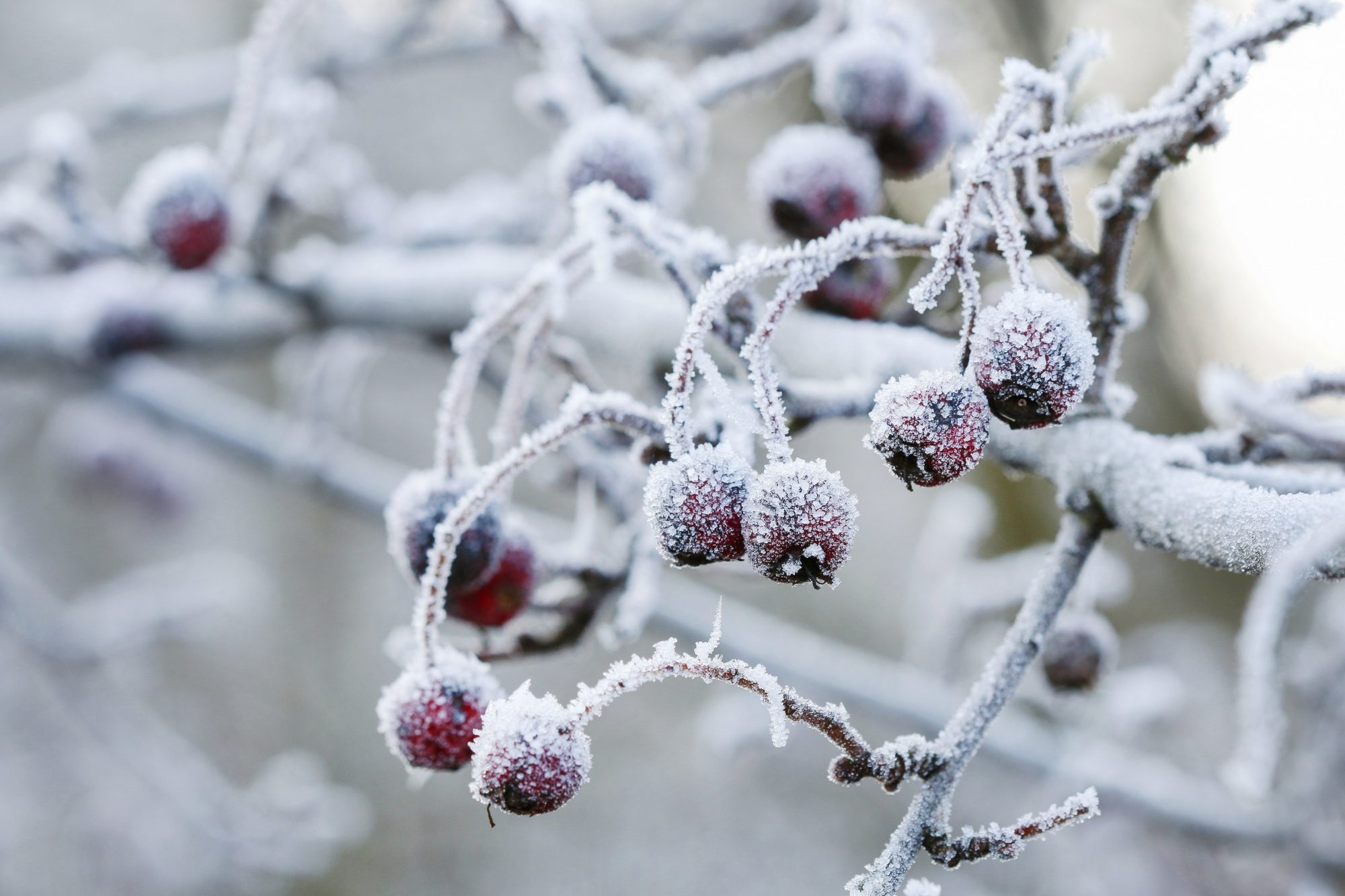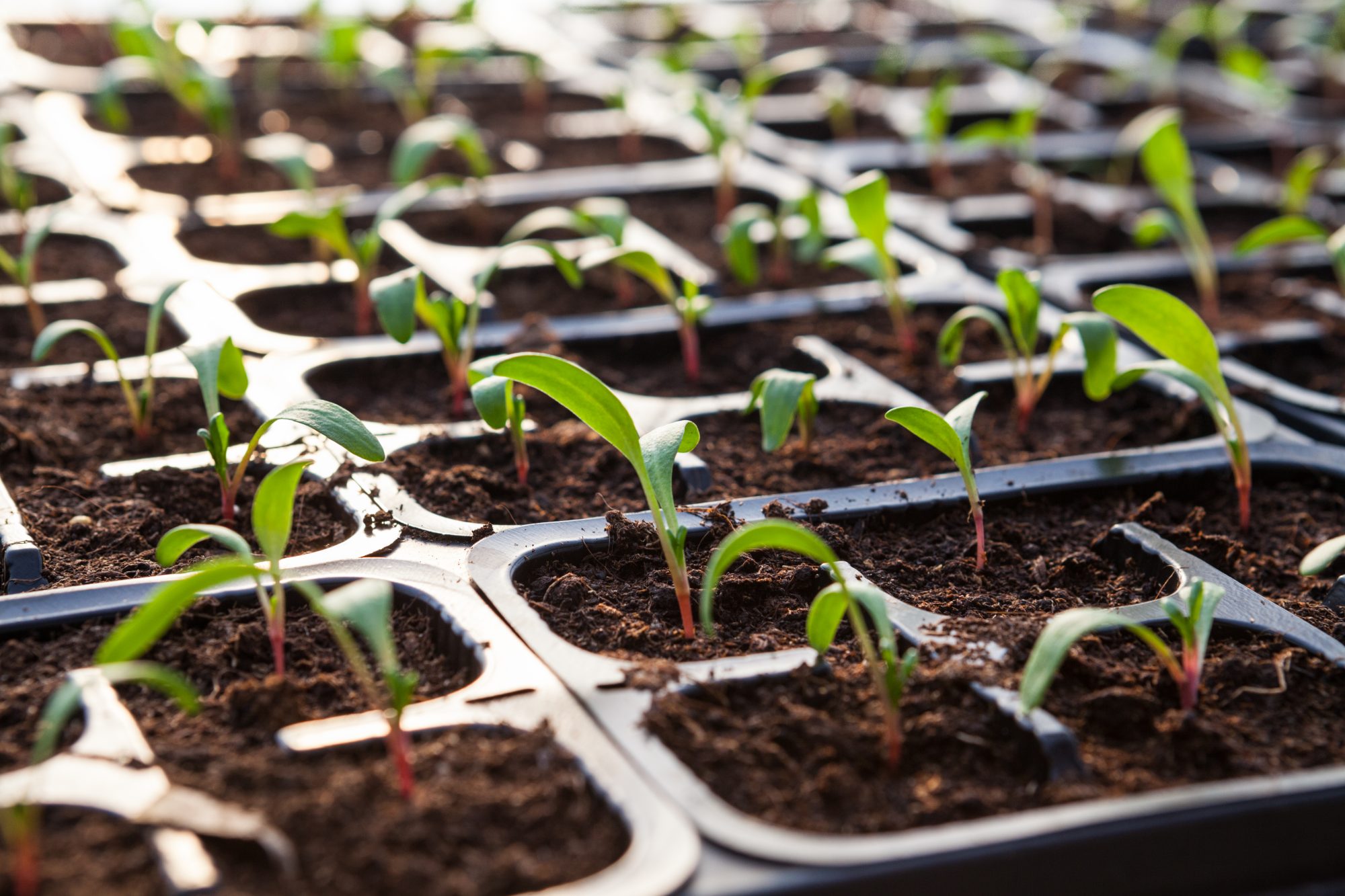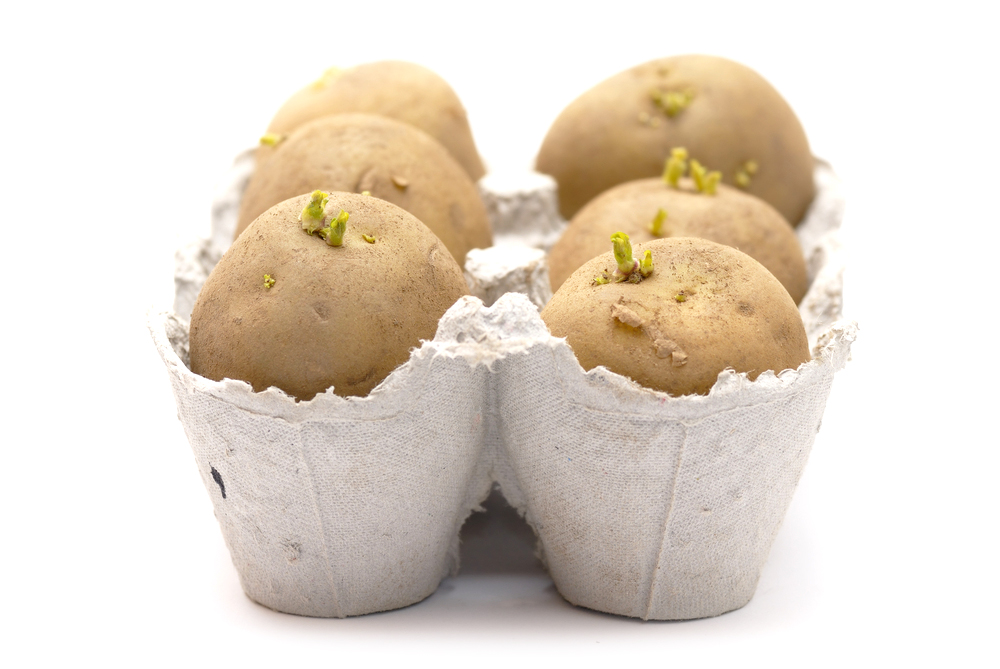A new year, a new season
 This time of year is all about a fresh outlook.
This time of year is all about a fresh outlook.
As we leave Christmas behind and begin the new year, it’s time to get the catalogues out and start to plan for the coming season. If you’re a keen or aspiring veggie grower, this is especially important, as it gives you a chance to discover new varieties as well as old favourites.
If you were too busy enjoying our warm autumn to dig over the veggie patch in September or October, now is the time to catch up – give it a good dig over to loosen the soil and prepare for sowing later in the year. For an early crop of rhubarb, cover a clump with an old dustbin or large container to force it into early growth.
Sow your spuds
Seed potatoes usually arrive at the start of the year, weather permitting, and popular varieties quickly sell, so it’s worth making a trip to your garden centre or doing an online order ahead of the game. Popular varieties include the Albert Bartlett range, the new Jazzy, and old favourites such as Rocket, King Edward and Arran Pilot. This year you might want to try the new variety Carolus, which has a red eye and is ideal for baking, roasting and mashing – but perhaps more importantly is said to be resistant to blight affecting the both the tuber and foliage.
Put your seed potatoes in a light, cool and frost-free place to grow shoots (or ‘chit’); egg trays are ideal for this. Remember you can start seed potatoes growing in pots inside as early as you like, so long as they are protected from any frosts we may have. Onion sets and shallots are usually delivered in February.
Now’s the time to prepare your fruit trees, if you haven’t already, by using winter wash to clear up any pests and eggs. This is best done on a mild day before the buds start to burst. Make sure you use a grease band or coat the main stem with fruit tree grease; this can be kept on all year round to stop any pests climbing up the tree and can help prevent scab, rust and mildew.
While the sun shines…
If the weather’s fine and frost free, get out into the garden to finish any clearing up jobs that weren’t done at the end of 2017, especially tidying up leaves and debris. This will help prevent disease from spreading and remove hiding places for those pesky slugs and snails. Trim old leaves away from hellebores – this makes it easier to see the flowers and prevents the spread of disease. If there’s no frost in the ground, you can mulch plants ready for spring growth in a few weeks time.
If snow and hard frosts do arrive, make sure vulnerable plants – hebe, phormium, cordyline, palms and tree ferns – are covered with fleece. It’s also worth brushing snow off conifers and hedges to stop them splitting open from the weight of snow. Remember to make sure outdoor taps are lagged and covered over in the winter to prevent freezing causing any cracking and leaks.
A-grade greenhouse
While you have very little in your greenhouse, January and February are the ideal months to turn it out, wash it down and disinfect it. Remove as much as possible and wash down any staging, seed trays and pots with a good detergent or greenhouse disinfectant. Wash down the glass with a detergent or disinfectant to remove any algae, pests and overwintering eggs. But only wash glass on a mild day to reduce the risk of panes cracking. Having a clean greenhouse at the beginning of the season ensures seeds and plants get off to a good start – and it makes you feel good about the year’s gardening to come.

Now you’ve got a nice clean greenhouse, why not put it to good use and start something off early? Try sowing some sweet pea or antirrhinum seeds, which can do well in a cool environment. Using a seed compost, sow two to three seeds into peat pots (you can also use old toilet rolls or pots made from newspaper). When they’re ready for planting out, the roots will have grown through the pot and you can just pop the plant into the ground or a container. If you’ve got some heat, begonias can be sown early but they do need to be kept warm and not planted outside before mid to late May.
Get ahead
Looking ahead to later in the year, check out the ranges of geraniums, fuchsias and hanging basket plants that will be available in April and May. Plug plants will be available around the beginning of March, but they will need warmth to start with. Grow them in the home to get a head start, but remember to take note of the weather conditions and not be in a rush to put tender plants out before May.
Look out for signs of colour in your garden. Plants such as hamamelis (witch hazel), snowdrops, viburnum tinus and hellebores will all begin dropping colourful hints when spring is on its way.
Don’t forget our feathered friends, especially if the weather is poor – garden centres always have peanuts, seed, mealworms, fat balls and feeders in stock. Clean off bird tables regularly and remember to put out fresh water daily.
Wishing you a great year’s gardening!
This issue’s tips are provided by Ann Winwood of Lealan Garden Centre, Shipley.






